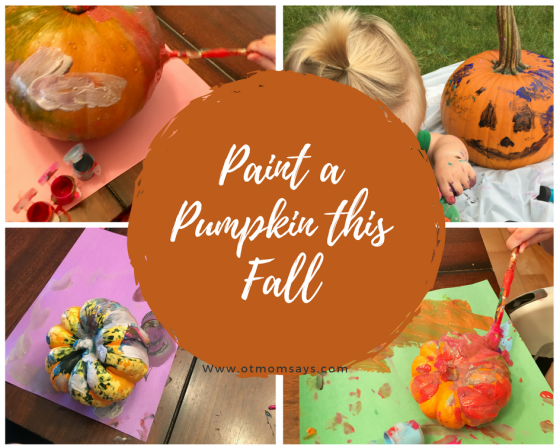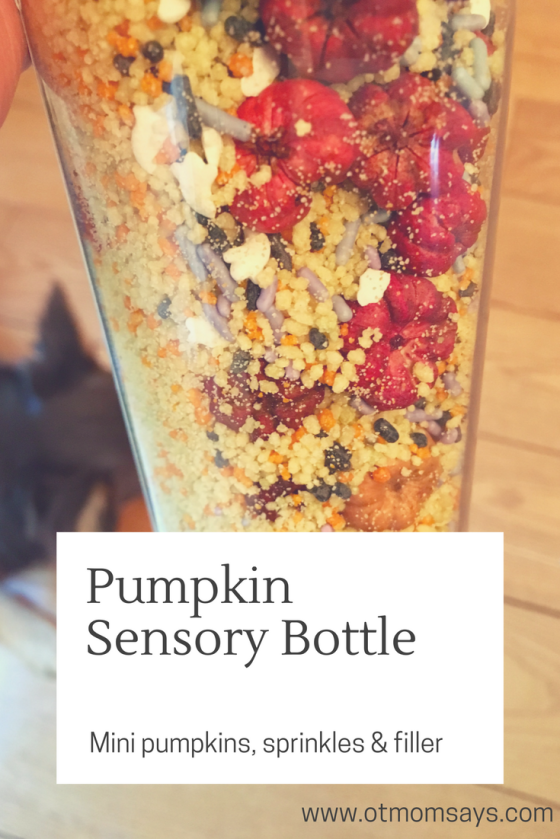OT mom says, “Don’t touch me, unless you’re going to hug me!”
Ok, maybe I’ve never said those exact words, but firm, deep pressure touch is definitely more calming than light touch, and obviously more comforting than any kind of painful touch. Our sense of touch, known as the tactile system, is essential for everyday functioning and is interestingly quite complex. 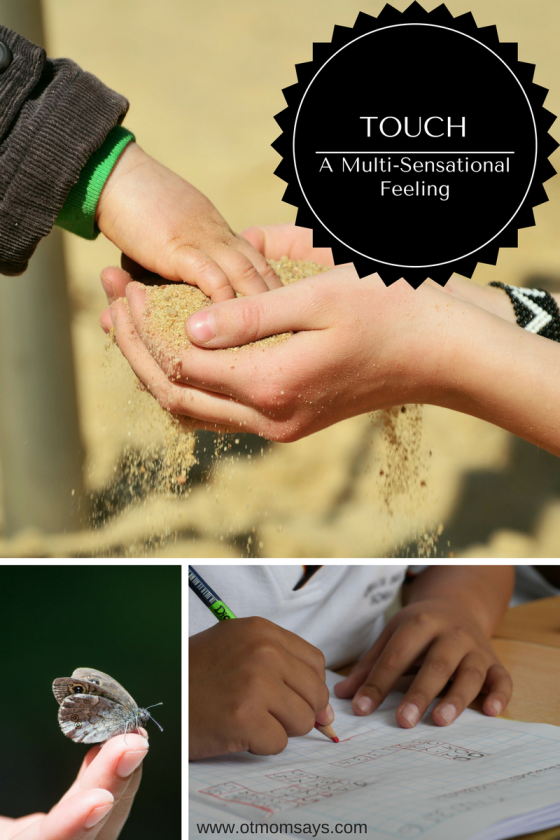
As children, we learned about the sense of touch as one of our five main senses (although there are other senses as well, such as the proprioceptive and vestibular senses). When we think about the sense of touch, most of us will first think about what we might feel with our hands, how we use our hands to identify objects, and the different sensations we may feel on our skin. While all of this is true, there is so much more to the sense of touch.
The tactile system works closely with the proprioceptive system to make up what is known as the somatosensory system. This is important for developing body awareness, and this system sets the foundation for our ability to engage with our surroundings and navigate our environment. This system also includes sensory information about pain, temperature, and vibration.
Receptors for touch are found in our skin and there are multiple kinds of receptors that react to different types of touch sensations. For example, we have receptors known as Meissner’s corpuscles as well as Merkel discs and instead of boring you with an anatomy lesson, just know they are sensitive to different types of touch (light discriminative touch and vibration, and pressure for fine touch awareness, respectively… in case you were wondering). Tactile information is also relayed from receptors on hair roots and from free nerve endings in our skin.4
From all this information, not only are we are able to identify what we are feeling through our skin, we are able to use this information with our other sensory systems to complete complex motor control tasks such as writing, walking, and tying our shoes.
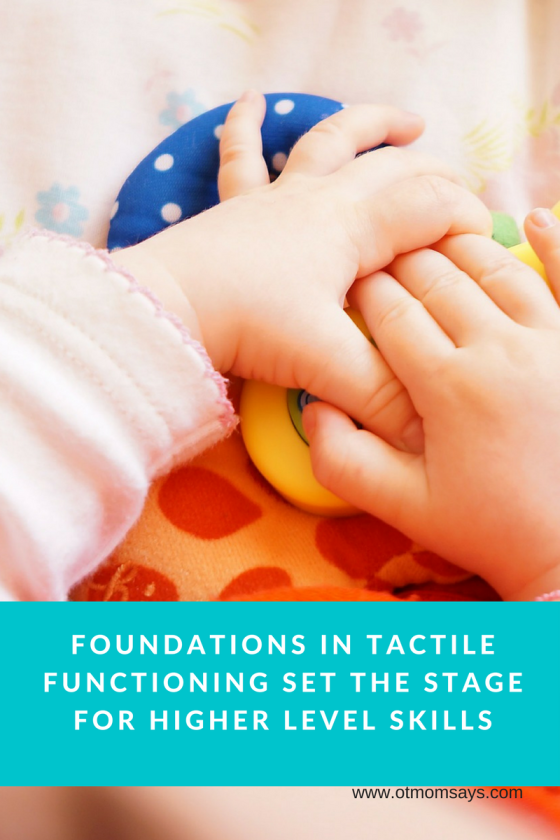
As I mentioned before, touch does even more for us. The sense of touch has a direct influence on our arousal level as well, meaning that it can influence how alert and focused or calm and relaxed we are at any given time.
For example, light touch tends to be alerting. Think about when a bug lands on your arm and displaces a hair or two. Those hair follicle receptors fire and alert you to the possible threat. How do you respond? Most of us automatically swat the area of skin or at least immediately look it over.
On the other hand, touch can be calming. Think about a nice massage- the firm, moderate to deep touch calms most people down, especially when it’s slow and linear.3 Another example I like to think about is the sensation of soft, warm, and heavy blankets when you climb into bed.
Let’s not forget about the emotional components of touch. Even before we are born, we are developing our sense of touch. From as early as five and a half weeks after conception, reflex avoidance reactions occur in response to touch. As soon as we are born, we begin to bond with our parents through touch. The research about kangaroo care (the practice of a parent holding their infant with skin to skin contact) demonstrates numerous benefits of this touch, both physiologic and behavioral, and for both the parent and baby. Benefits such as improved weight gain and growth, stable body temperatures and heart rates and better self-regulation have been seen for infants and parents may demonstrate more confidence in parenting and have decreased stress levels.1

As babies, we bond with through the sense of touch, then we learn and explore our environment and develop a body map that will allow for higher level functioning, such as moving through our environment and manipulating items.
As we grow up, the sense of touch continues to influence our emotional functioning. Studies have indicated that married couples that engage in more touch, such as through hugs and massage, have correlated decreases in cortisol levels and blood pressure, and increased oxytocin levels.2
Moderate touch through activities such as massage have been seen to decrease heart rate and change EEG patterns, so not only does it feel nice, it has systemic influence over the entire body.2
But wait! The list continues…. benefits of specific types of touch, such as massage protocols, have also been correlated with decreased pain, increased immune function, reduction in depression, and increased attention.2
As with every sense, we are on a continuum of how sensitive we are to that particular sense stimuli. Some people are over-responsive to touch and others under, with most of us somewhere in-between.
Those who are hyper-responsive may react more strongly to touch than others. They may demonstrate extreme discomfort with certain fabrics or clothing, may dislike having their hands and/or mouth messy, and may be distraught when being touched by others.
On the other side of the continuum, some people are hypo-responsive and may not notice tactile input quite so much, such as the person who doesn’t notice the food on their face. Finally, there are sensory seekers in the world- those who crave specific sensory inputs, such as a person who has the need to touch and fidget with different materials or even touch other people.
Recognizing that some people may be very sensitive to touch is importation, as the tactile system has connections with the autonomic nervous system and could potentially trigger a fight or flight response. Therefore, it’s important NOT to force tactile situations on kids or who demonstrate tactile defensiveness. Often, it’s easier to present tactile stimuli in combination with proprioceptive input, but of course, if you have major concerns, consider a referral to an OT to look at the specific situation.
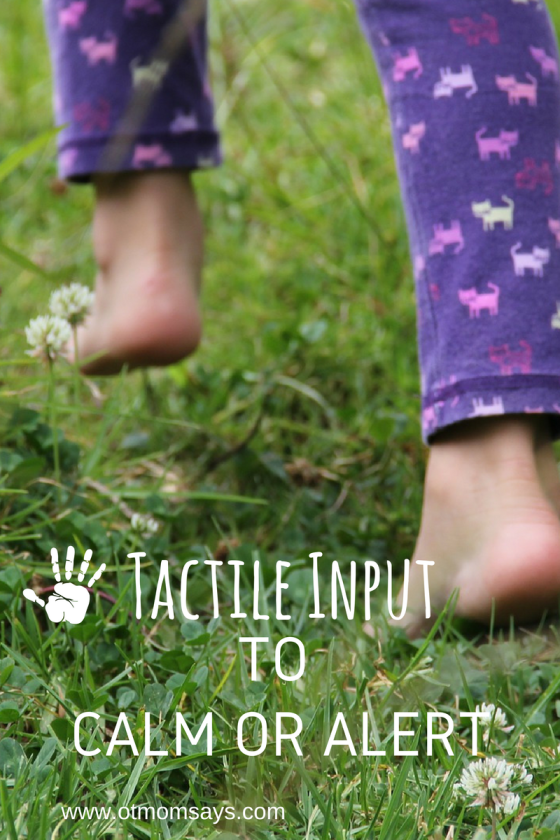
So how can we use this understanding of our sense of touch? By promoting the development of this sense, and utilizing the tactile system in our daily routines:
Alerting activities include light touch, such as tickling. You can try using a feather boa or light clothing to let kids play games and to play dress up. Calming activities include using massage, weighted blankets, moderate and deep pressure inputs such as hugs.
Allowing children to have ample opportunities for tactile exploration may promote the development of this sense and tactile discrimination abilities. Some ideas to do this include:
- Sensory bins/boxes- filled with sand, rice, dried pasta, beans, small balls, etc.
- Play with your food
- Manipulate play dough, gak, slime, floam
- Use nature– sand sticks, grass, rocks
- Put on lotion
- Play dress up
Also, don’t forget to hold those babies, squeeze your spouse, and utilize this sensational sense of touch! On that note, I think I need to go hug my family now 🙂
*Disclaimer: The information presented in the blog is intended for information purposes only. Please consult your physician with any medical concerns and/or for medical advice. The information presented is not intended to be used in place of individualized therapy services, please contact your health care team for skilled therapy if you think it is necessary. Please supervise your children (or friends, spouses, etc) if you decide to try any of the activities or ideas presented as the author or this blog does not claim liability for possible injury or negative consequences related to the activities and ideas presented here.
References:
- Case-Smith, J. & O’Brien, J. (2009) Occupational Therapy for Childretn (6th). Mosby Elsevier, St. Louis, Missouri
- Field, T. (2009). Touch for socioemotional and physical well-being: review. Developmental Review, 30, 367-383. Doi:10.1016/j.dr.2011.01.001
- Kramer, P. & Hinojosa, J. (2010). Frames of Reference for Pediatric Occupational Therapy (3rd). Lippincott Williams & Wilkins, Philadelphia, PA
- Lundy-Ekman, L. (2007). Neuroscience: Fundamentals for Rehabilitation (3rd). Saunders Elsevier, St. Louis, Missouri
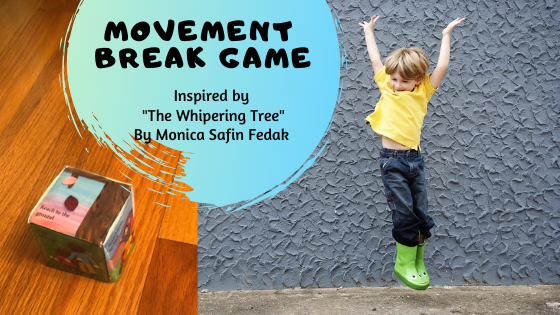
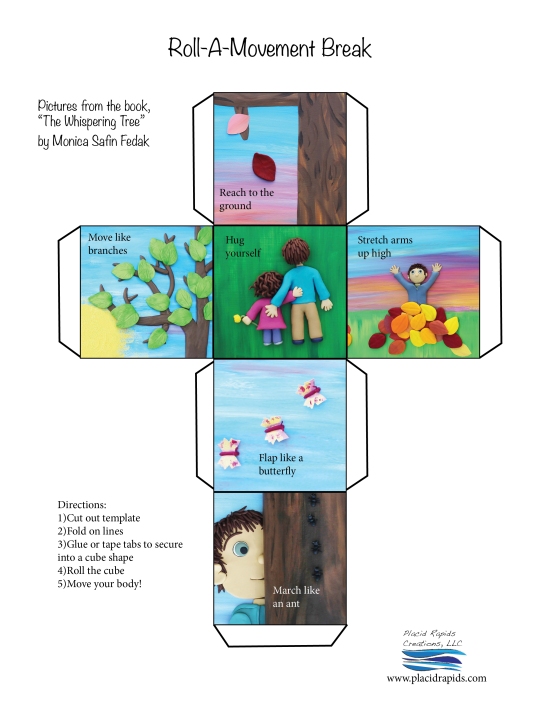


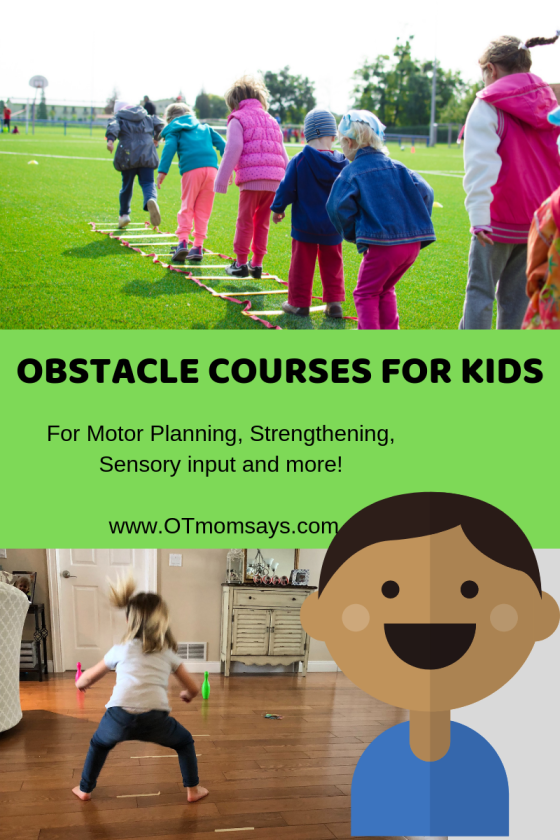
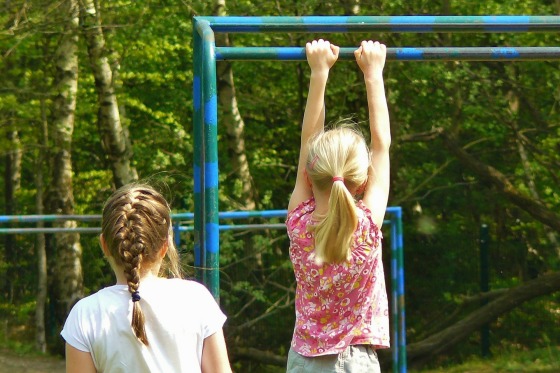
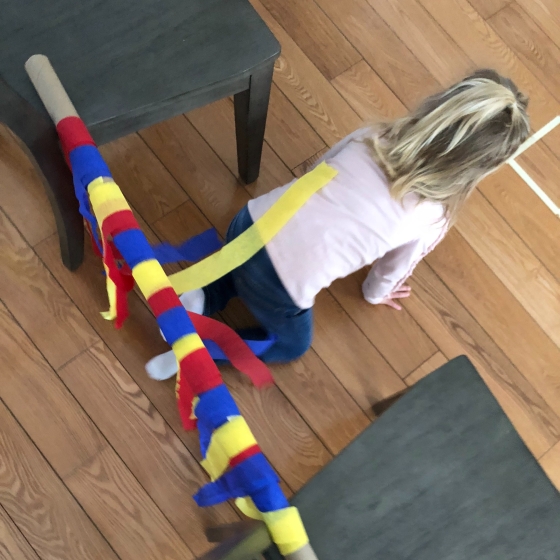
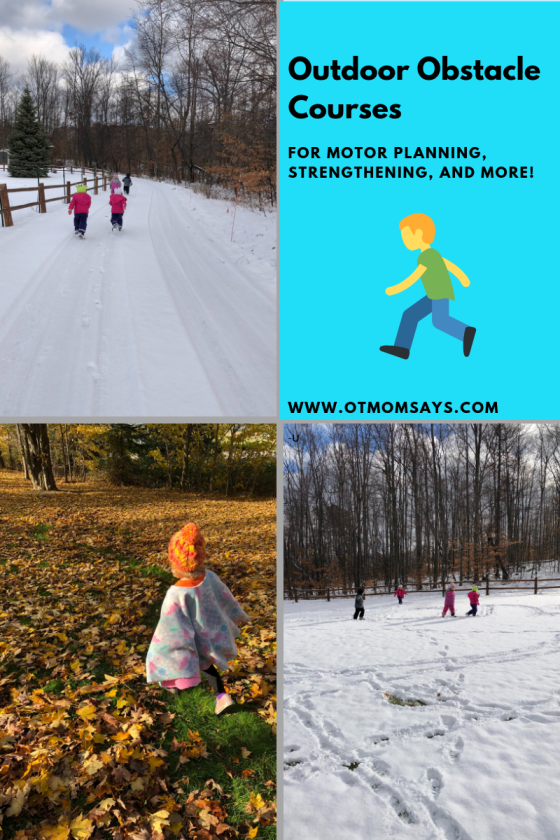
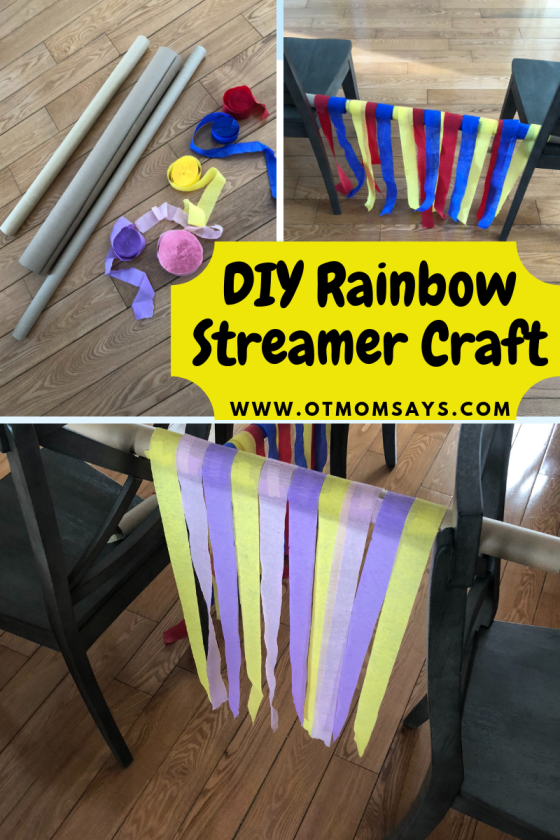
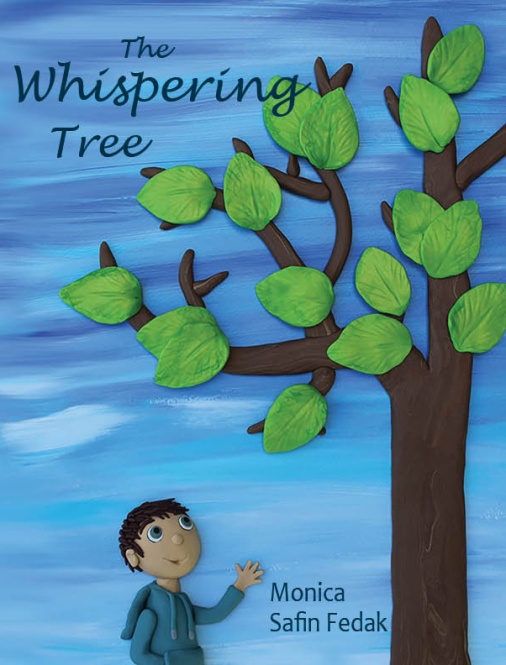

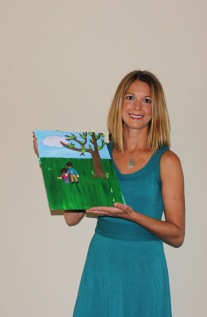
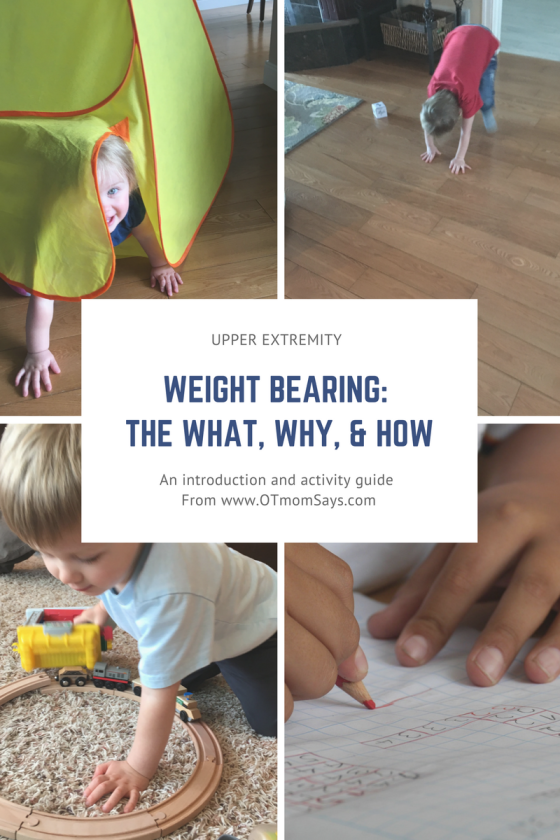
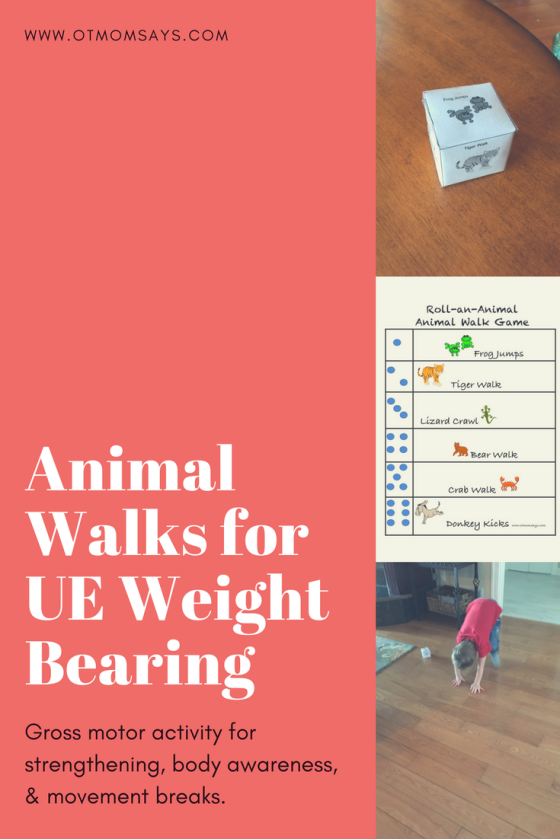
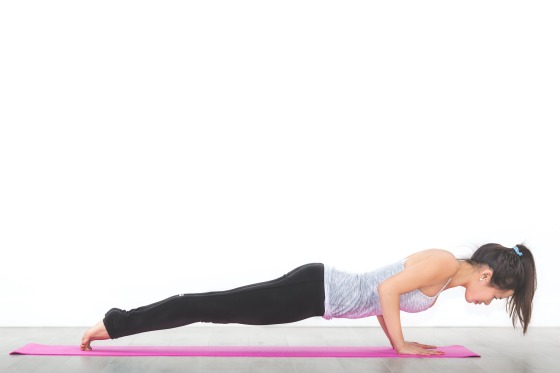
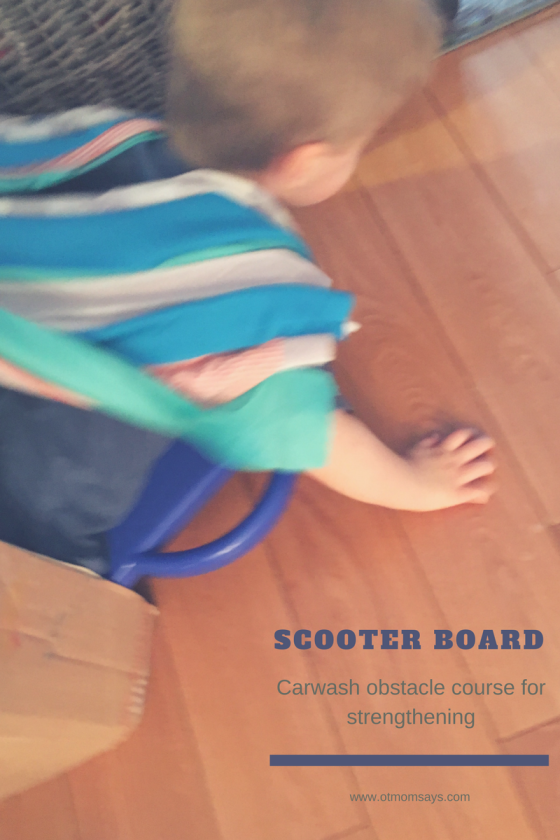

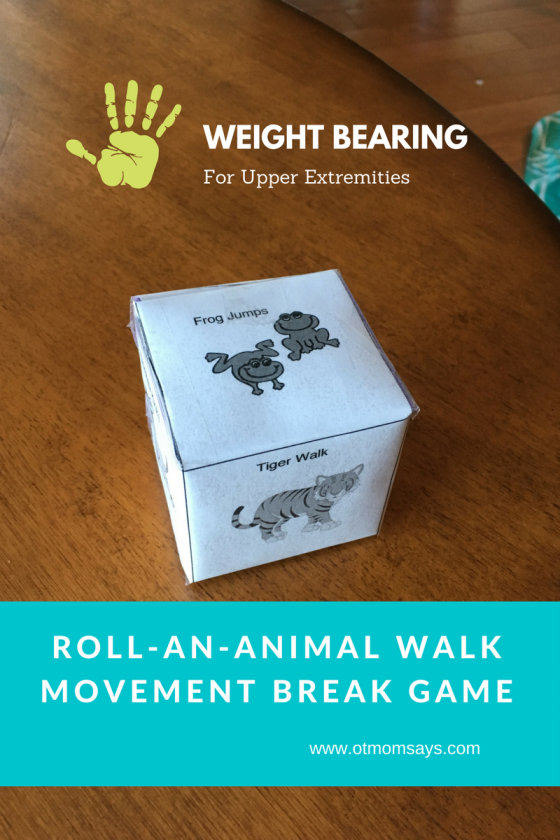
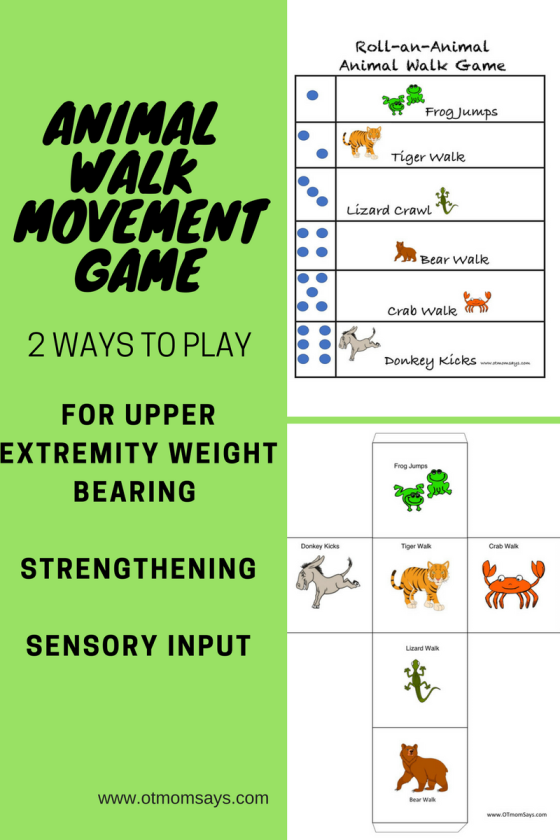
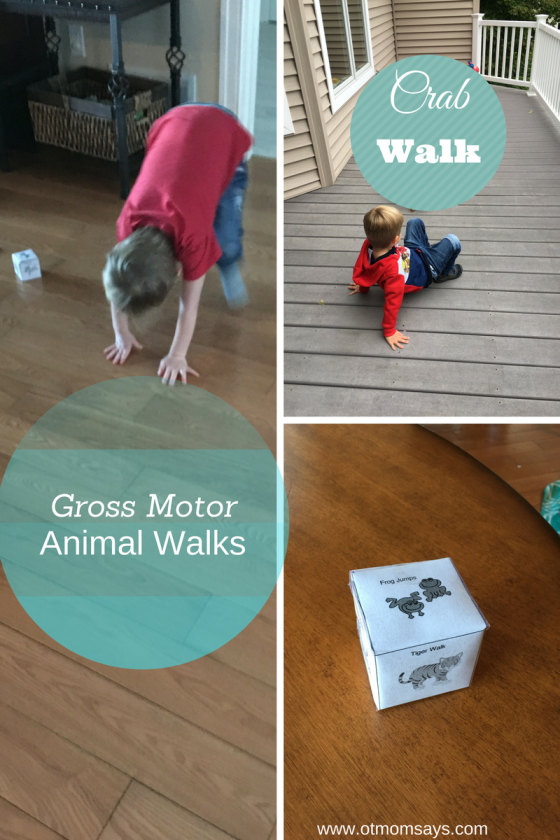

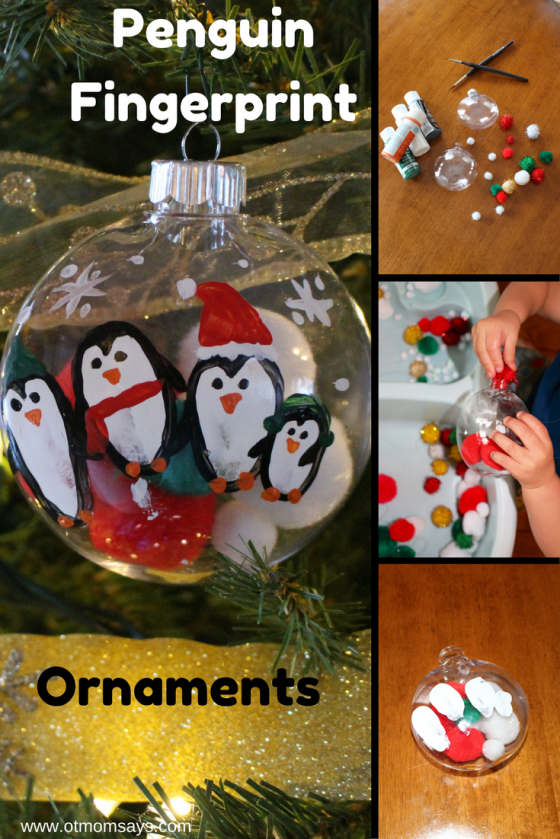
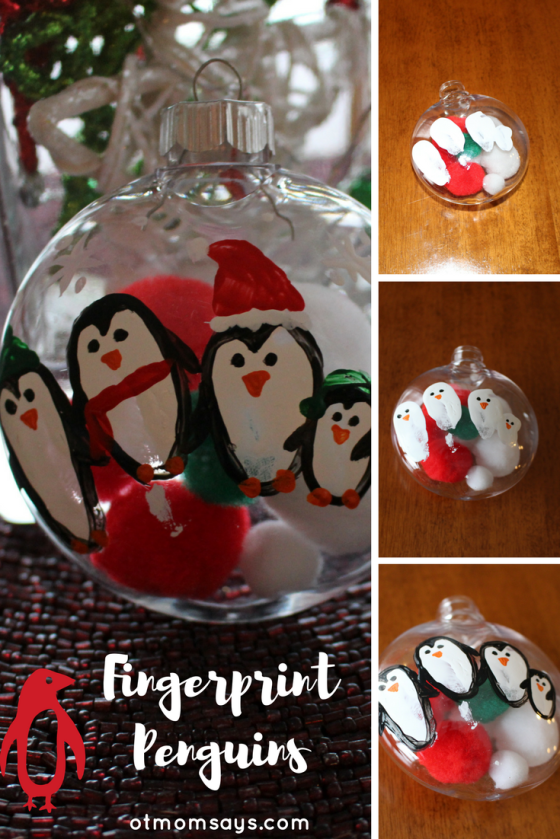
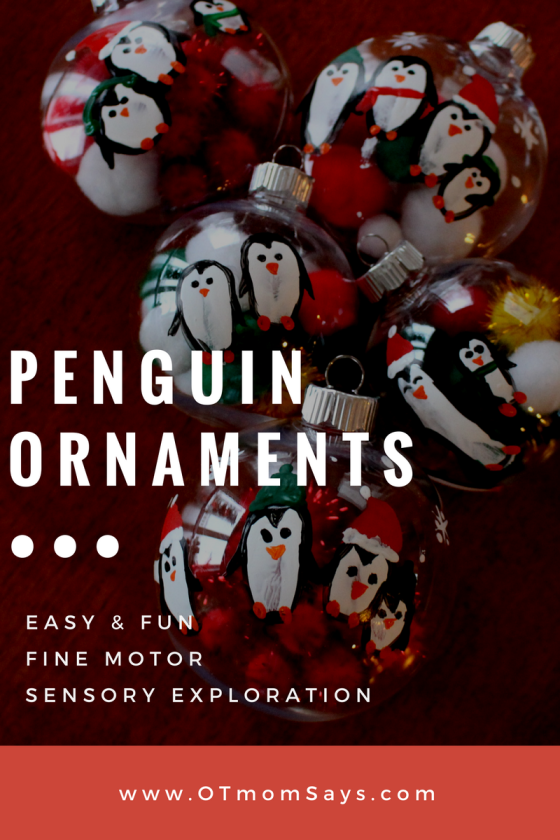

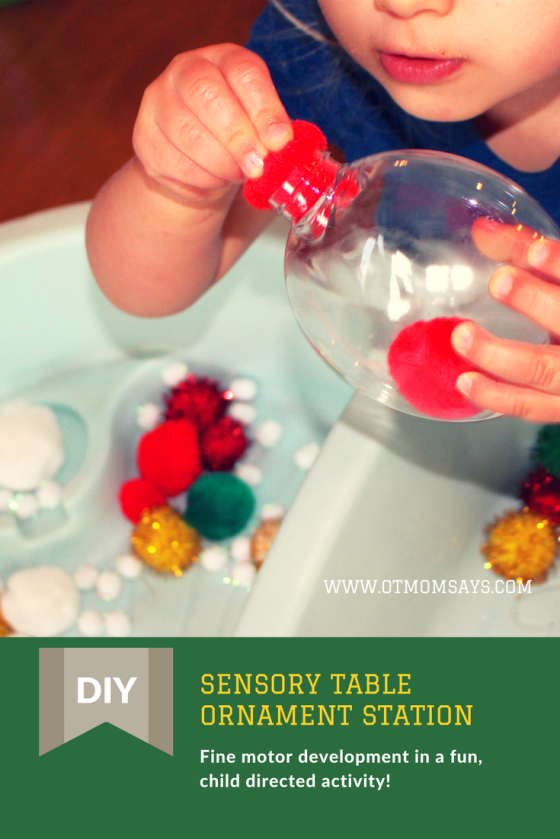
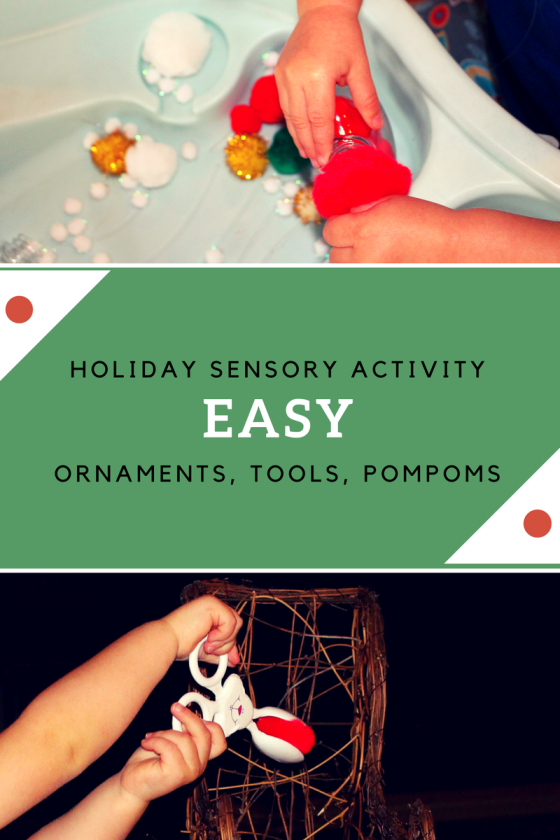
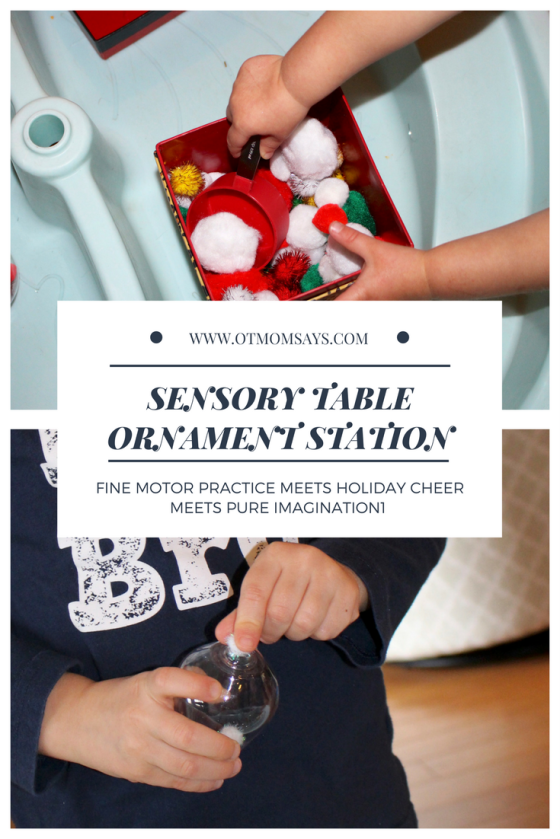
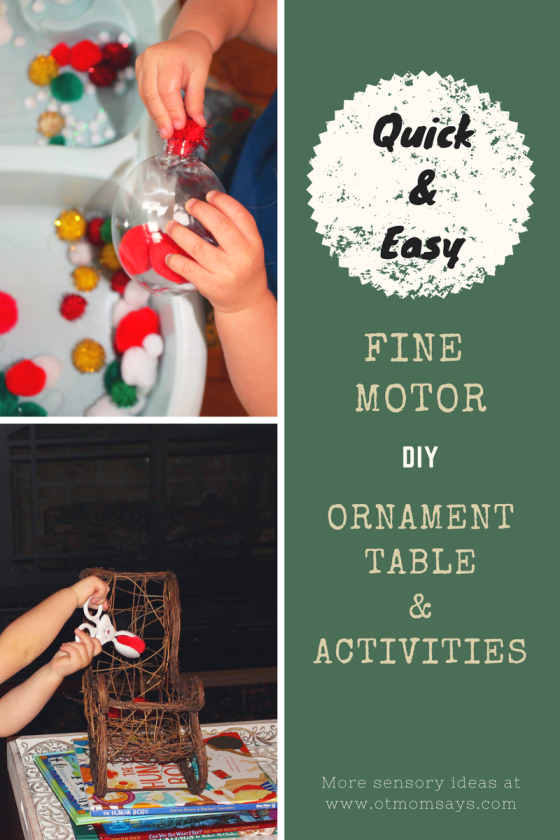
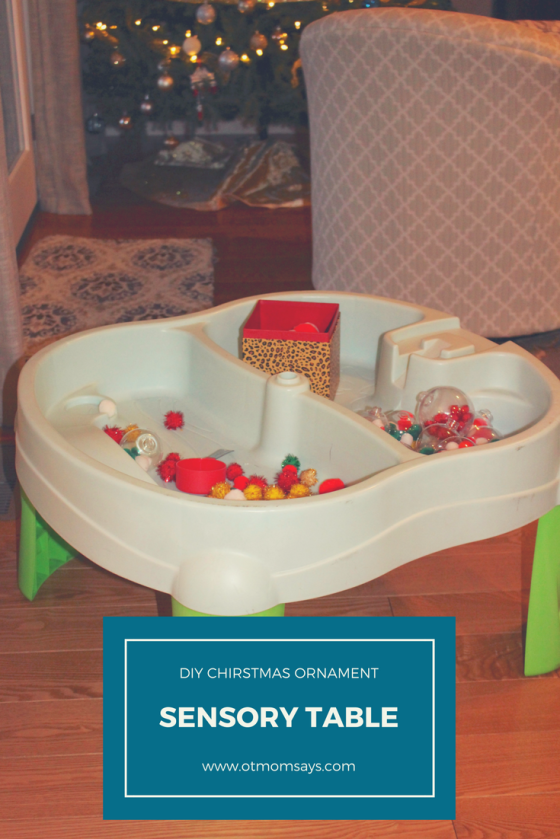

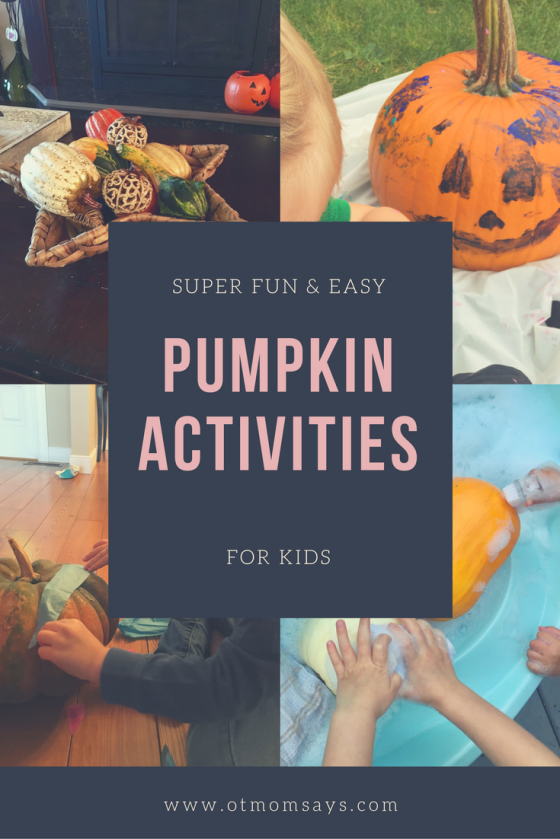
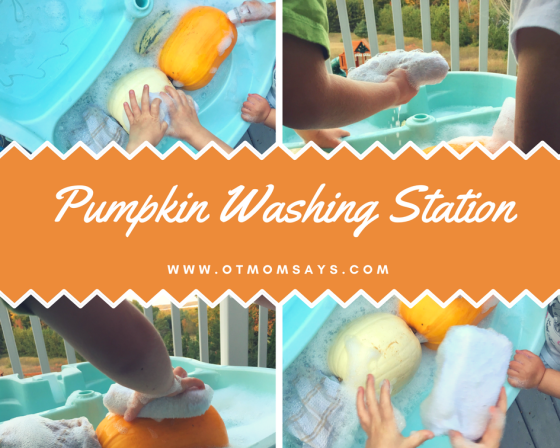
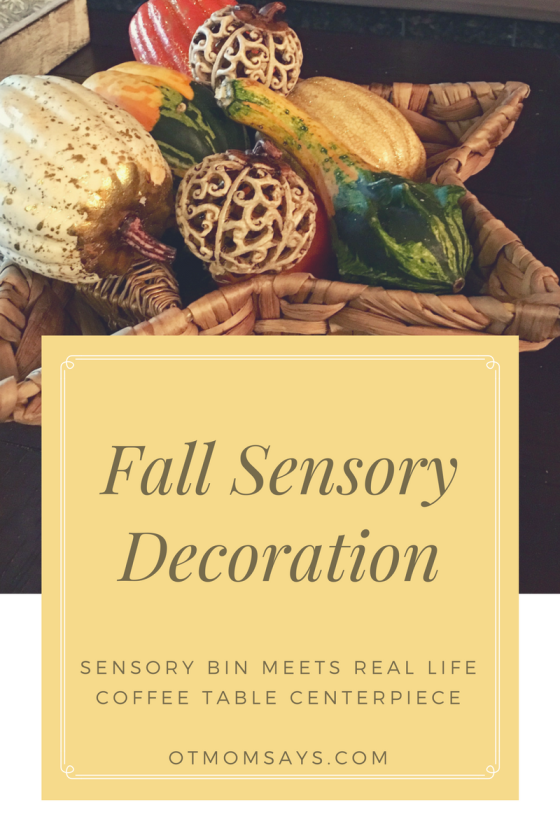 Pumpkin “Sensory Bin” Center Piece
Pumpkin “Sensory Bin” Center Piece